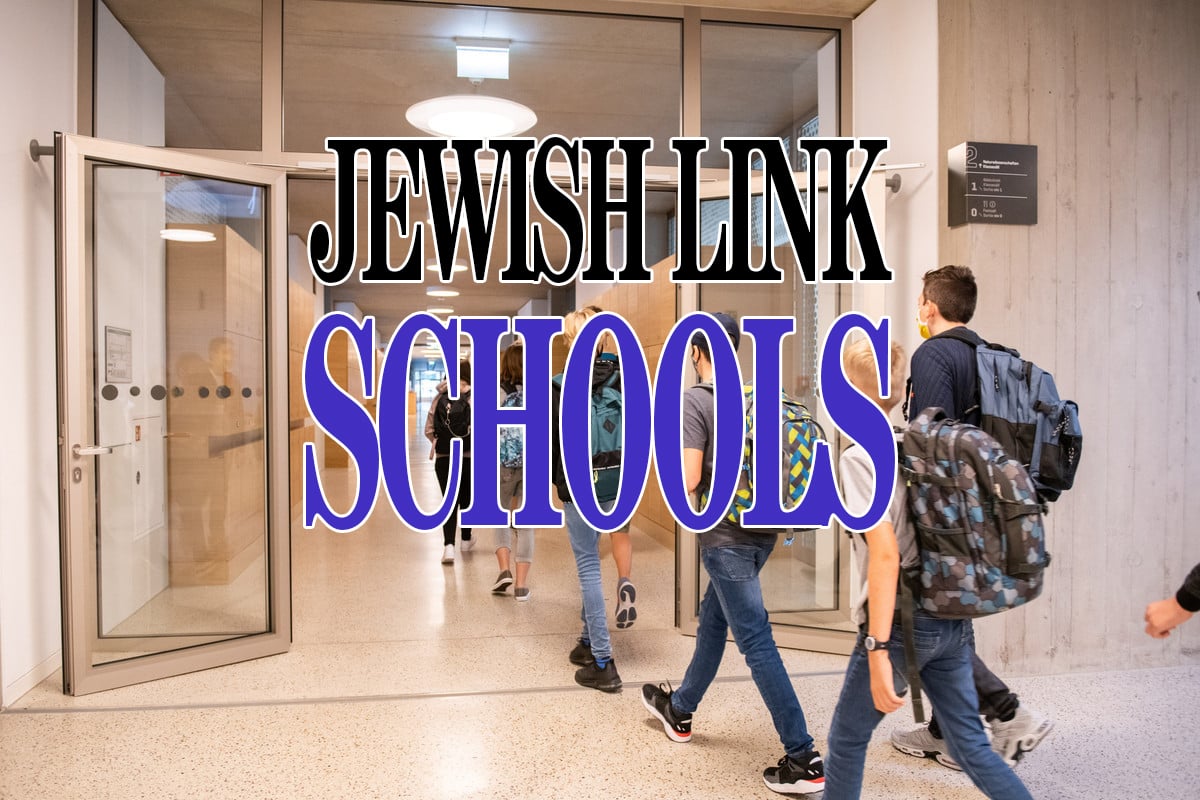Everyone is familiar with the song listing the order of the Pesach Seder, which we’ve most likely known since preschool. However, the development and significance of this order is far less widely known. The exact origins of the Seder order are unknown; however, it is commonly attributed to either Rashi or Rabbi Shmuel of Falaise, one of the Tosafists. There are many permutations of this order though, most commonly surrounding the placement, or rather existence, of Nirtzah, the last step of the Seder.
The Rambam (Mishneh Torah, Hilchot Chametz u-Matzah) and Rav Shneur Zalman of Liadi (Haggadah Shel Pesach im Likkutei Ta’amim U’Minhagim) both omit Nirtzah from their respective Sedarim, rather ending with Hallel, the fourth cup, and l’shana haba’a b’Yerushalayim. The Rambam’s Haggadah omits Nirtzah since it primarily focuses on the Exodus from a historical standpoint, while Nirtzah contrastingly expresses our anticipation of the future redemption. Rav Shneur Zalman omits Nirtzah in his Haggadah since he maintains that the Seder does not need a conclusion, as we want its messages to endure throughout the year. Alternatively, the Maharal points out that all the other simanim of the Seder comprise specific actions that fulfill halachic obligations of the Yom Tov, yet Nirtzah is simply a verbal summary of the previous acts. This is perplexing as there is never a “conclusion ceremony” akin to Nirtzah for any other mitzvah. Consequently, the Maharal combines Hallel and Nirtzah into a single step called Hallel-Nirtzah. The abundance of controversy surrounding Nirtzah begs the question: What is truly the purpose of Nirtzah?
The word Nirtzah means accepted, which implies that the goal of our proclamation that we have completed the Pesach Seder (Chasal Siddur Pesach) is to convey to God our hope that He accepts our Seder. For this reason, it is fitting that Nirtzah not stand on its own, but rather append the step of Hallel, as it fundamentally serves as a conclusion to our previous Seder rituals instead of an additional step.
This notion, the combination of Hallel and Nirtzah, is supported by the correlation between the consequent number of steps in the Seder and the number of words in Chasal Siddur Pesach—14. The numerical value of yad (hand) is also 14. The Maharal advances that the 14 steps of the Seder and the 14 words in Chasal Siddur Pesach correspond with the yad chazaka (strong hand) with which Hashem extricated us from Egypt. The implication of this correspondence is that when we petition Hashem that our Seder be nirtzah (acceptable) before Him, Hashem will reciprocate by once again utilizing His yad chazaka to redeem us from the current exile.
On another note, a major theme throughout the Pesach Seder is malchut (kingship). Many of our rituals, such as reclining and drinking red wine, convey this notion of royalty. Accordingly, it is appropriate to analyze the actions of King David, the archetype of Jewish royalty, to further investigate this theme.
Shmuel I, Chapter 24 depicts the final confrontation between Shaul and David at Ein Gedi when Shaul concedes his malchut to David. Shaul tells David, “Tzadik ata mimeni ki ata g’maltani hatova va’ani g’malticha hara’a…vaShem y’shalemcha tova tachat hayom hazeh asher asita li. V’ata hinei yadati ki maloch timloch v’kama b’yadcha mamlechet Yisrael—You are more righteous than I, because you have granted me good and I have granted you evil…and God will repay you good because of what you did for me today. And now, behold, I know that you will surely reign and the kingdom of Israel will be maintained by your hand,” (24:17-20). This narrative supports the role that reciprocity plays in malchut, since David’s positive reciprocation of Shaul’s evil actions toward him mark the watershed moment when Shaul ceases to hunt David and realizes that David is the true melech Yisrael.
Pesach is the holiday on which we celebrate our position as the am hanivchar (chosen nation) and mamlechet kohanim (kingdom of priests) of God. Therefore, in Nirtzah, when we ask God to reciprocate our efforts to follow His commands with our redemption, we are asking Him to redeem and re-annoint us as His mamlechet kohanim through the motif of reciprocity. Concomitantly, it is incumbent upon us to reciprocate the actions of others positively, in the same manner as David HaMelech, if we are to expect Hashem to act similarly toward us: deeming our seder “Nirtzah,” accepting us once again as His mamlacha and bringing the ultimate redemption of Mashiach.
Nechama, Naama and Tehila are the founders and editors of Lev Lada’at, Bruriah High School’s newest publication of monthly student divrei Torah. They were inspired to start Lev Lada’at as a student outlet for ideas and independent Torah study and have been successful thus far under the guidance of Rabbi Zev Goldberg. Next year, Naama and Nechama will continue their respective educations at midrashot MMY and Migdal Oz, while Tehila will continue to spread Torah through her leadership of Lev Lada’at at Bruriah.
By Bruriah’s Nechama Novick (‘17), Naama Schwartz (‘17), and Tehila Kornwasser (‘19)









